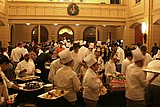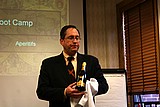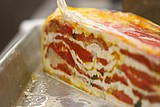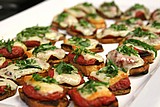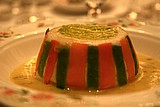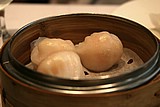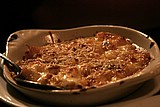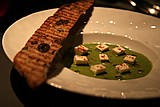Home |
Restaurants by City
|
Food Photography |
Archive | Philosophy |
![]()
Right now we are eating in Seattle, Washington.
|
Friday
2006
Permalink
|
A Week at the Culinary Institute of America (continued) - Conclusion, Hyde Park, NY, tasted on December 19-22, 2005 Well, our week at Culinary Institute of America Bootcamp for food enthusiasts (food nerds) is officially over. We;ve had posts introducing the week, as well as discussing the facilities, student life, the lectures, cooking, the food we made, and eating at the restaurants on campus. Here are the photo albums from the week: I tried to describe our week really honestly and in a balanced fashion. There were definitely ups and downs. Aside from the restaurant though most of the inconsistencies stemmed from the issue of what level of expertise we had going into the class, and what our expectations were of the class. Participants in the class ranged from a relative novice who had an interest in cooking in their own kitchen and trying recipes from magazines, to some folks who really enjoyed cooking and made a habit of taking on more adventurous projects like difficult baking or barbecuing, all the way to us who have made a habit not only of trying difficult cooking projects, but were mostly there to understand more about how the food we've eaten across the planet is prepared and what really goes into making it great. I think the first two groups were pretty happy with the class. Those of us in the third group had mixed feelings about the class. We were glad we took it, and thought it was a great introduction to the environment. But I think all of us would prefer to take a pro class going forward. Ultimately it was about the quality bar for the food. The C.I.A. materials say that you need professional experience to take the Pro level classes. And to a certain extent I think for some offerings we have the equivalent of professional experience. The amount of eating and cooking we've done across the planet has just given us a different perspective. That said, that advanced chocolate class that was happening on the other side of the kitchen from us would clearly have been a stretch for any of us even with all out "experience". If we hadn't had some decent experience working with chocolate the class would have been a waste for us. My take is as follows. The C.I.A. is simply an unparalleled experience when it comes to getting educated about cooking and food in North America. I think that everyone who loves food and professional cooking should visit the school. The facilities and environment alone will keep you entertained for hours at a time. Unless you're really confident in where you're at and what you'll encounter in their Pro classes, I think everyone should start with a bootcamp class. Go in with open eyes and recognize that the class will ultimately be what you make it. We asked to cook extra dishes and looked at the class as a way to get our feet wet and understand what the school could offer us beyond this one class. And besides, going with friends made it even more fun.
|
|
Our Sponsors
Free Car Listings Hot Tubs Stools Saunas Bar Stools - Calendar and Event Schedules - Food Events and Calendars - Wine Events and Calendars - Digital Photography Resources - Software for Advertisers - Jewish Gifts and Judaica - Howard Stern Podcast - ponytailed blogger Jonathan Schwartz
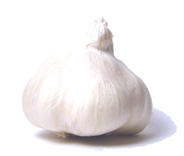
Browse tastingmenu
Home |
Restaurants by City X |
Food Photography |
Archive | Philosophy |
![]()
Free eBooks: All About Apples
| Autumn Omakase
More:
Discussion |
Cool Food T-Shirts |
Ingredients
| Markets |
Recipes
Search |
Blog FAQ |
Other
Blogs
Best of tastingmenu
|
City View
Entry: July 6, 2006 |
Blue Plate
Entry: June 19, 2006 |
L'Atelier de Joël Robuchon
Entry: July 18, 2006 |
Browse by City
Boston | Chicago | Houston | Las Vegas | Los Angeles | Maui | New York | Philadelphia | Portland | San Francisco | Seattle | Toronto | Utah | Vancouver | Washington D.C.
Bangkok | Beijing | Hong Kong | Seoul | Tokyo
Amsterdam | Berlin | Italy | London | Madrid | Paris | Vienna
Browse by Month
2006
2005
2004
2003
2002
2001
Comments, questions, or feedback:
info / at / tastingmenu / dot / com
All pages Copyright (c) 2001-2006 tastingmenu.com
Last modified 01/30/07.

